During the 1975 Spring General Offensive and Uprising, especially the Central Highlands Campaign, the combat art of the Armored Corps developed to a high level. The Armored Corps successfully completed the mission of destroying important targets, supporting and assisting the infantry in capturing important and key targets, creating a breakthrough in each battle and each campaign, contributing significantly to accelerating the collapse of the Republic of Vietnam (RVN) regime.
VOV reporter interviewed Colonel, Dr. Trinh Dinh Thuan, lecturer of the Military Department, National Defense Academy about this content.
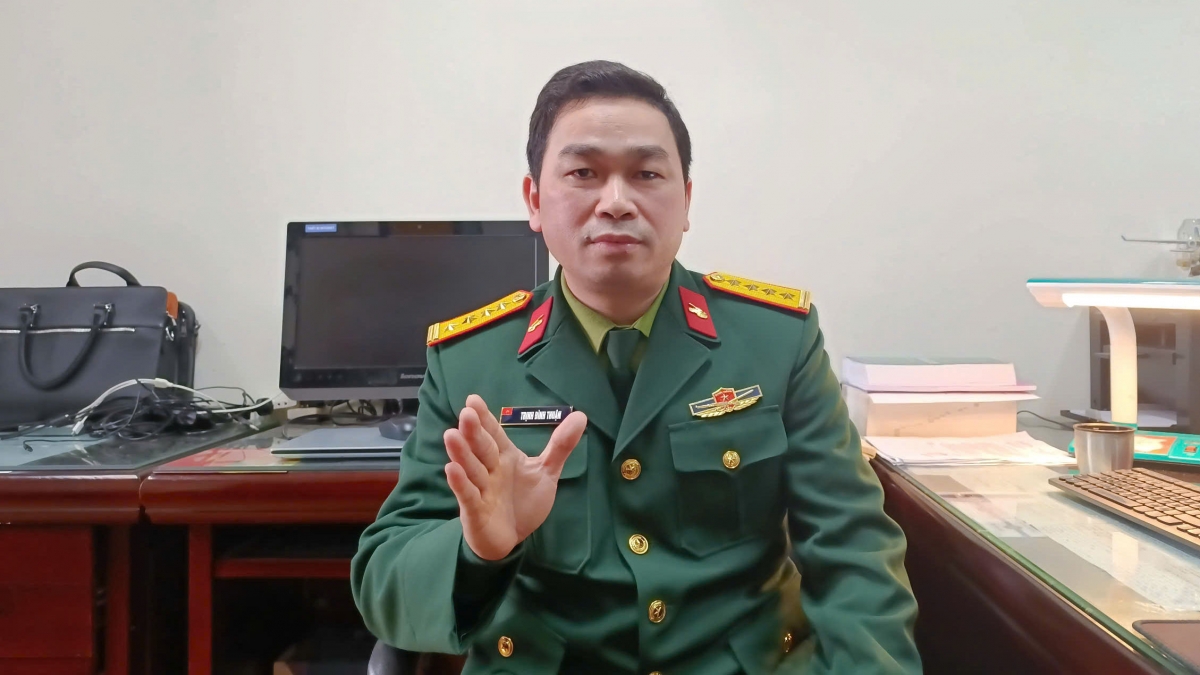
PV : During the Central Highlands Campaign, our tanks had to move more than 300km. The enemy had a modern reconnaissance system, and the tanks made a lot of noise when moving. So how could we secretly move tanks into the battlefield without the enemy detecting them?
Colonel Trinh Dinh Thuan : To create overwhelming strength in the Central Highlands Campaign, especially the battle on Buon Ma Thuot town, the Campaign Command concentrated the entire 273rd Armored Regiment, with 63 tanks and armored vehicles for the attack on Buon Ma Thuot town.
This was also the first time we used a tank regiment for a key battle. Comparing the forces in this battle, our tanks and armored vehicles outnumbered us by 4.8 times. How could we secretly and unexpectedly bring tanks into Buon Ma Thuot town? Using tanks secretly and creating the element of surprise was an extremely difficult problem. Because tanks and armored vehicles are large targets, when moving, they create noise, dust, high radiation and heat, making them easily detected by the enemy's air force and reconnaissance.
To maintain secrecy, tank and armored troops, in addition to strict marching discipline, also had to be resourceful, creative, and flexible. This was proven when, at the end of February 1975, the 273rd Tank Regiment traveled 300km from North Kon Tum to the Southern Central Highlands to the assembly area 40km from Buon Ma Thuot under conditions where enemy reconnaissance aircraft were constantly operating along the way, and special forces were scouting and probing.
To avoid enemy detection, the unit strictly prohibited the use of radio when communicating, tanks were always carefully camouflaged, and tracks had to be wiped clean when entering and leaving the garrison area, especially when marching mainly at night. Thanks to that, our tanks arrived at the assembly area safely.
PV : But that was just the first step because from the assembly location to Buon Ma Thuot town was still 40km away, so secretly bringing tanks into the town was not an easy task?
Colonel Trinh Dinh Thuan : To solve this problem, the tank and armored troops had a very clever and creative way of working closely with the infantry and engineers of the campaign to scout and mark the maneuver routes for the tanks. The trees on the road were cut down by our troops to 2/3 of the trunks in the direction of the vehicle's advance, to avoid being exposed.
At the time of the attack, taking advantage of the explosions of artillery and infantry guns, our tanks charged forward, knocking down trees to maneuver at high speed, leading the infantry to charge. The appearance of tanks and armored vehicles caused the enemy to be extremely surprised and panicked. As a result, by 11:00 a.m. on March 11 (that is, after just over a day of fighting), all enemy troops in Buon Ma Thuot town were destroyed.
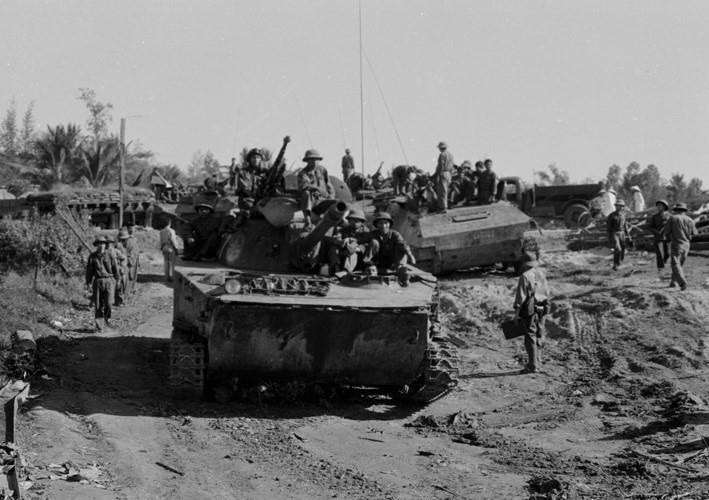
PV : Promoting the advantages and experiences from the Central Highlands Victory, especially the decisive battle in Buon Ma Thuot town, how was the fighting style of tank and armored troops demonstrated in the Ho Chi Minh Campaign?
Colonel Trinh Dinh Thuan: After the acupressure attack in Buon Ma Thuot, the enemy showed signs of collapse, creating an extremely favorable strategic opportunity for us, requiring our forces to have bold and lightning-fast fighting methods to achieve higher combat efficiency.
In that context, the tank and armored troops have successfully applied a new way of fighting, which is “fighting the enemy on the march”. This way of fighting is demonstrated by shortening the time for organizing and preparing. The process of marching to approach the enemy is also the process of supplementing the combat plan.
The attack process combined a strong breakthrough with encirclement, dividing the enemy, leading and together with the infantry to attack and penetrate deeply to capture the intended target. This method of attack was applied when our army entered Saigon. The 203rd Tank Brigade attacked through the Xa Lo intersection, Thu Dau Mot intersection, Thu Duc intersection, Saigon bridge, Thi Nghe bridge to quickly advance and capture the Saigon puppet government's Presidential Palace.
When encountering enemy obstructions along the way, we seek to restrain, attack, and circle behind the enemy, forcing them to flee. In addition, the way of fighting also demonstrates a positive, proactive, creative spirit, and the art of using tanks and armor flexibly and at the right time.
As we can see, when attacking Saigon, the tank and armored regiments and brigades used part of their forces to support the army corps to break through and open the campaign to encircle and destroy the main combat forces of the puppet army on the outskirts of the city, blocking all the roads to retreat into Saigon, not allowing them to gather. The remaining tank and armored forces participated in the deep penetration force of the army corps.
PV : Can you tell us more about the art of coordinated combat between infantry and tanks in the final decisive battle - the Ho Chi Minh Campaign?
Colonel Trinh Dinh Thuan: In the Ho Chi Minh Campaign, the art of coordinated combat between infantry and tanks was demonstrated in both methods:
The first method of coordination is that tanks and armored vehicles are assigned to infantry regiments and divisions to support or fight with infantry squads under the command of the combined arms commander at the regimental or divisional level. This method was applied relatively commonly in previous campaigns.
The second method of coordination is that the tank and armored battalion, regiment or brigade is reinforced with infantry, artillery, anti-aircraft, engineering units, etc., with tanks and armored vehicles as the central force for coordination, and the combat forces are under the command of tank and armored personnel. This is a very new development in the art of combat of tank and armored troops.
With this method, when undertaking a campaign of flanking or deep thrusts, when acting in a campaign direction, in a general battle formation, the tank and armored forces can still fulfill their role as the main assault force.
Typically, in the Ho Chi Minh Campaign, the 203rd Tank Brigade successfully implemented this method when it led the 2nd Corps' deep penetration formation into the last stronghold of the Saigon puppet regime, winning victory and contributing to the end of the war.
With the above fighting method, it brought great efficiency, in 5 directions of attack, tanks and armored vehicles became the main assault force, effectively supporting the troops to successfully complete the mission of breaking through the campaign in a short time and leading the formation to capture 5 important targets of the campaign in the center of Saigon City, with the image of 2 tanks with serial numbers 390 and 843 crashing down the main gate of the Independence Palace at noon on April 30, 1975 as vivid proof, at the same time the pride of the Vietnam People's Army in general and of the Vietnamese tank and armored troops in particular.
PV: Thank you.


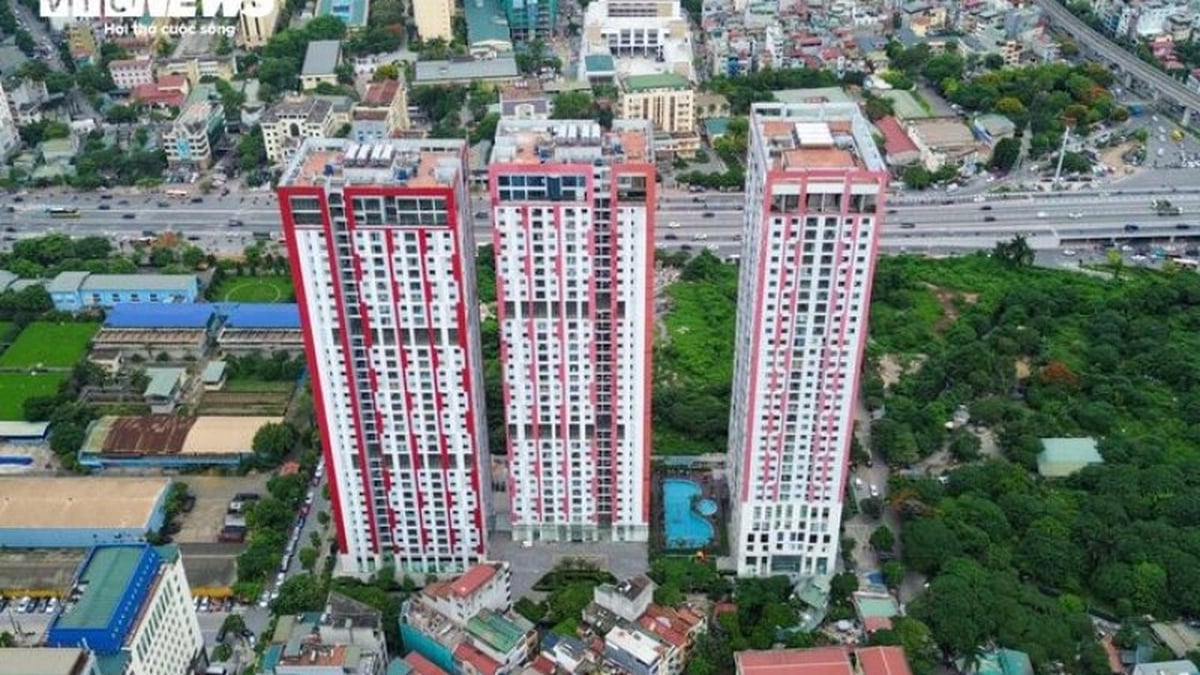


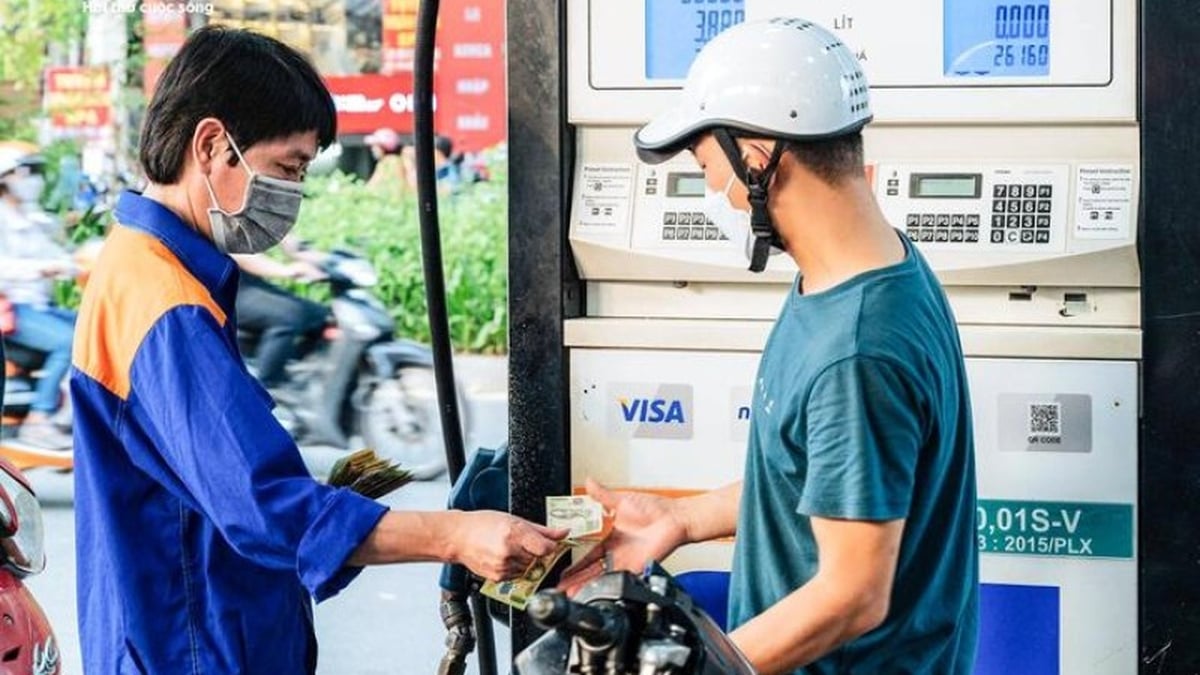
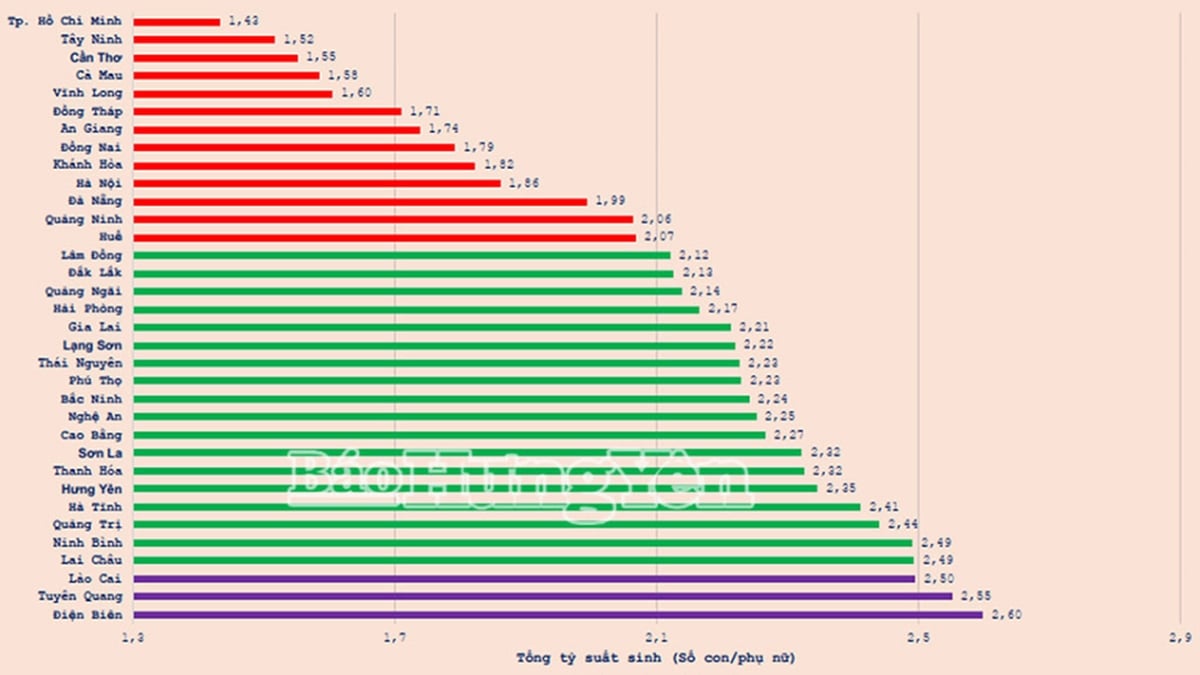
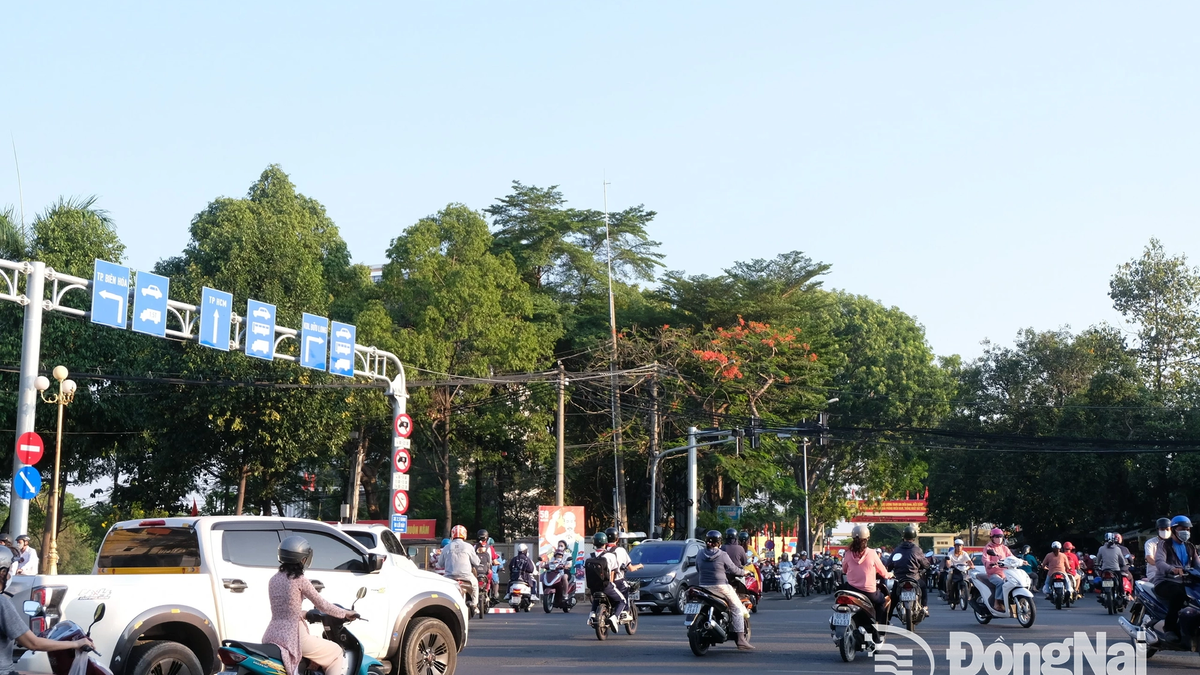

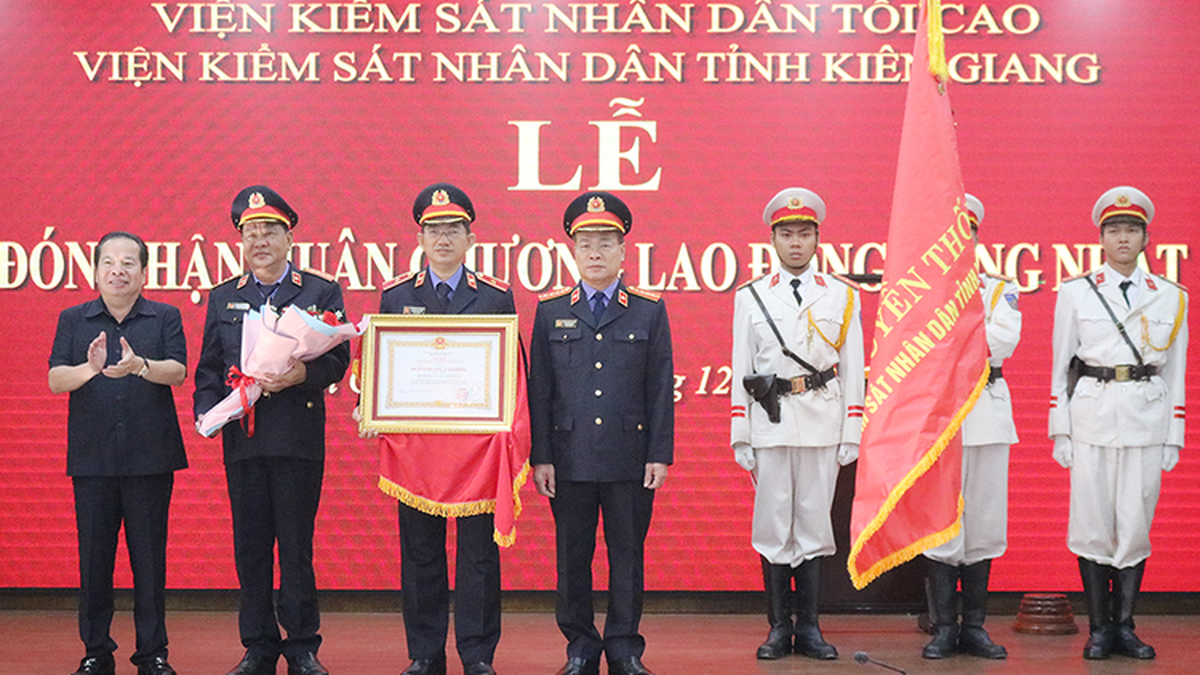





















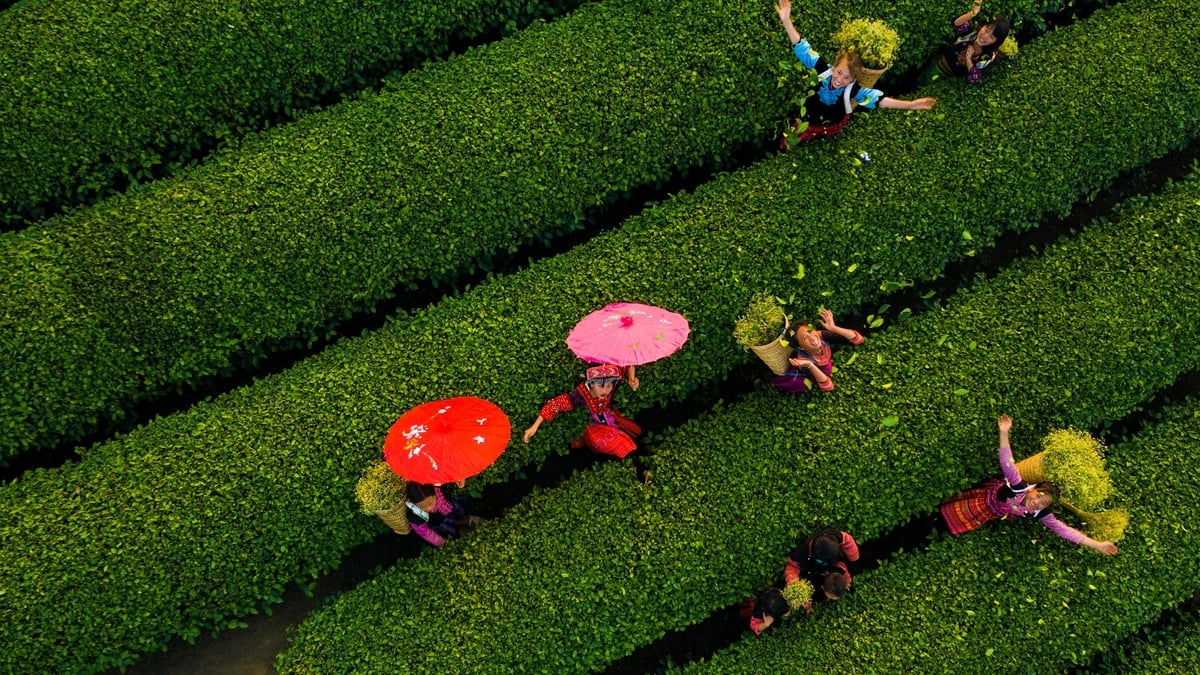


















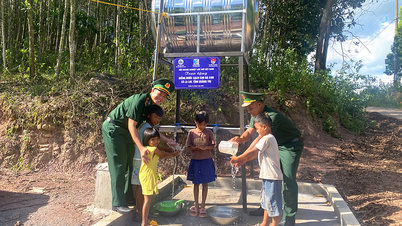





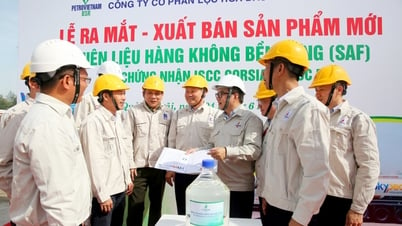



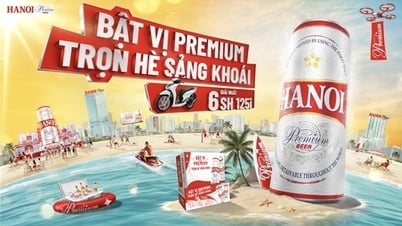
![[Maritime News] More than 80% of global container shipping capacity is in the hands of MSC and major shipping alliances](https://vphoto.vietnam.vn/thumb/402x226/vietnam/resource/IMAGE/2025/7/16/6b4d586c984b4cbf8c5680352b9eaeb0)



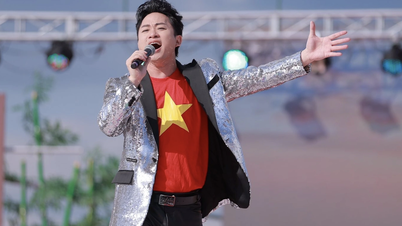
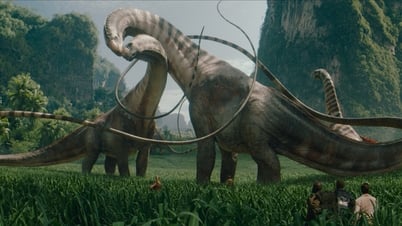

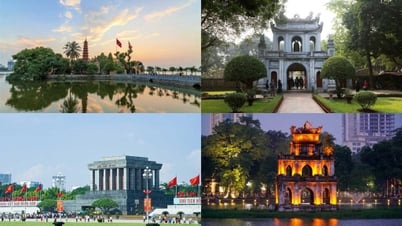

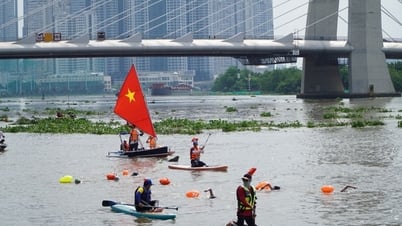

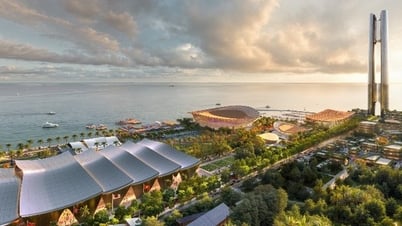
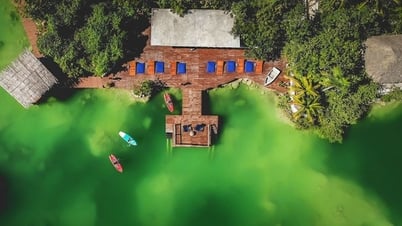
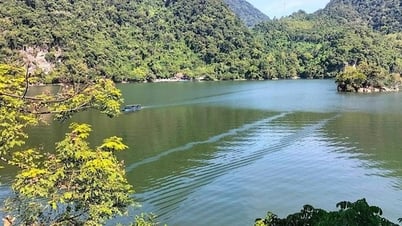

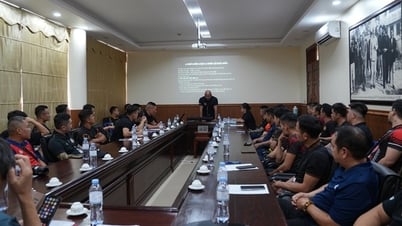



















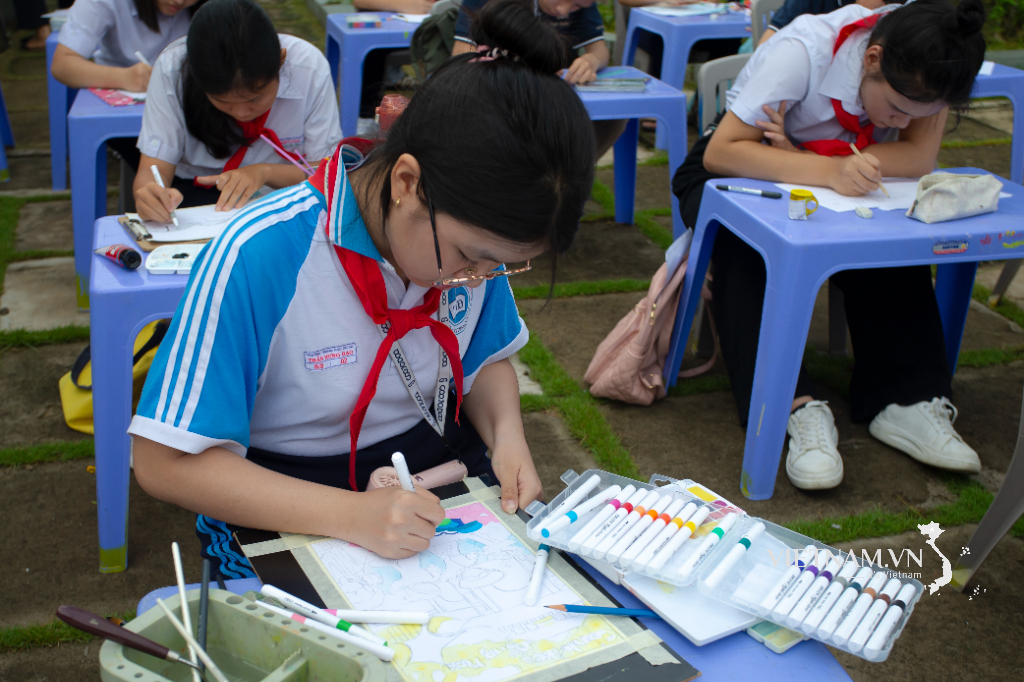



Comment (0)